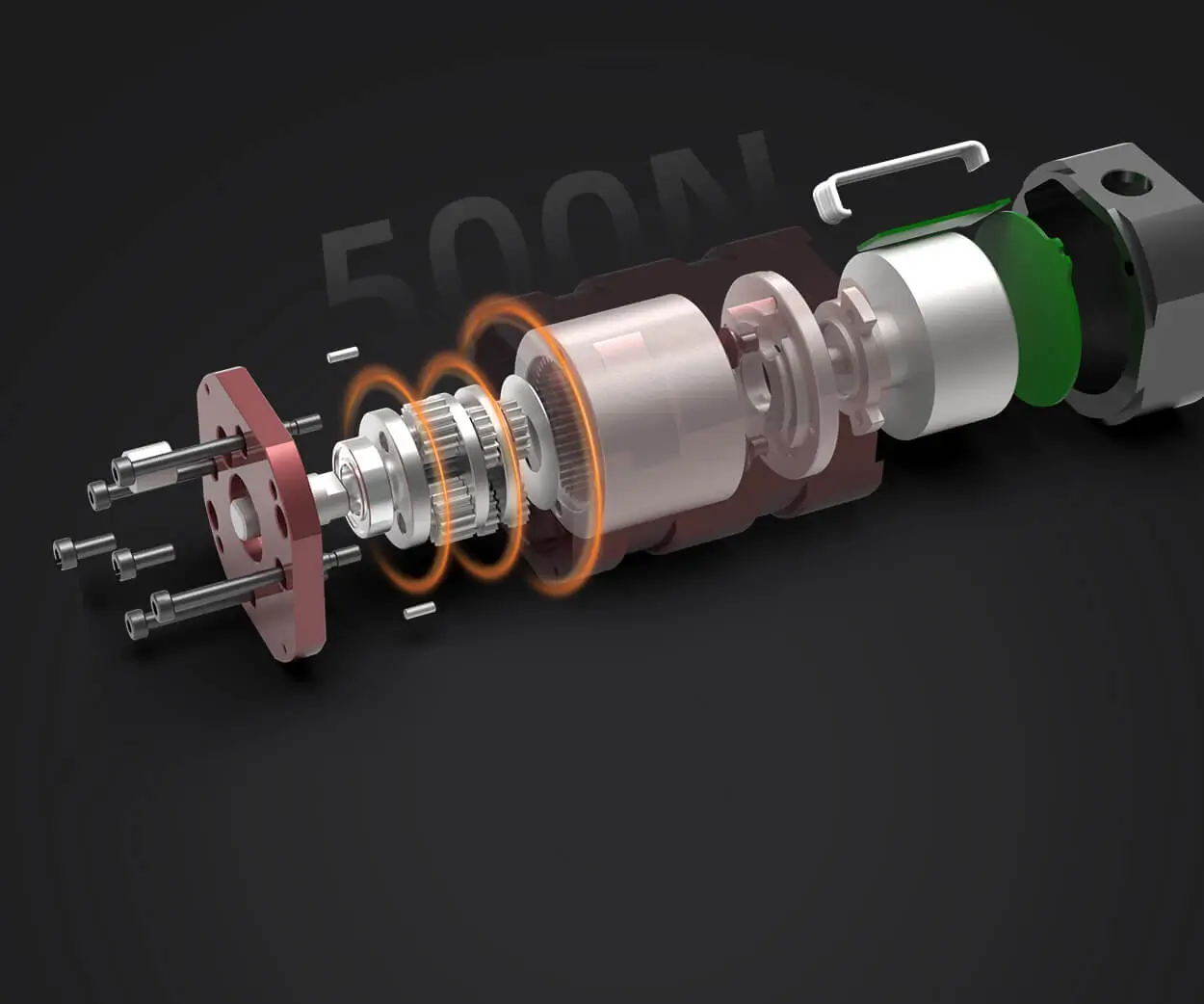Imagine a tiny marvel that makes machines smarter, more precise, and more responsive—that’s where the principle of operation of a servomotor comes into play. It’s not just a motor; it’s a game-changer in automation, robotics, CNC machines, and even drones. But what really happens inside those compact units that allow for such seamless control? Let's unravel this mystery, piece by piece.

At its core, a servomotor is about feedback—like when you’re walking, constantly adjusting your steps based on the terrain. It’s essentially an engine paired with a control system that tells it exactly how far, how fast, and in what direction to turn. The magic lies in its ability to read its position or velocity, compare that with a set target, and make micro-adjustments instantly.
Think of a scenario where a robot arm picks up a delicate glass. The servomotor inside ensures it only applies just enough force and precisely moves to the exact spot—no smashing, no spilling—all thanks to its feedback loop. This continuous cycle of receiving data, processing it, and acting out is what makes servomotors so reliable.
A key component in this operation? The encoder. It’s like the servomotor’s eyes, constantly checking on its position or speed. When the motor spins, the encoder reports its location back to the control system. If the motor isn't where it’s supposed to be, the system fires up—adjusting power, easing off, or speeding up—so everything lines up perfectly.
Often, people wonder—how does it know how much to turn? That’s where the control algorithms come into play. They interpret the encoder’s signals, figure out the error (the difference between where it is and where it should be), and command the motor to correct that error. It’s a dance, really—one dance full of tiny, rapid steps that keep machinery running smoothly.
Now, picture a camera focusing lens. When you turn the focus ring, you want that perfect sharpness immediately. The servo motor makes it happen. Precision, speed, reliability—these aren’t just buzzwords, but the foundation of its design. And it does all this with impressive efficiency, often operating on tiny power but delivering big control.
A couple of questions come up a lot: How fast can a servomotor respond? Well, depending on the model and load, response times can be milliseconds—fast enough to realize a blinking eye. How about durability? With protected components and quality construction, these motors can handle thousands of cycles without a hitch.
When choosing a servomotor, understanding its principle of operation helps. It’s not just about getting it to spin, but about harnessing tight, precise control, no matter the task. Because in today’s fast-paced tech environment, the difference between ordinary and extraordinary is often a matter of microscopic adjustments—served up perfectly by a well-understood servomotor.
Established in 2005, Kpower has been dedicated to a professional compact motion unit manufacturer, headquartered in Dongguan, Guangdong Province, China. Leveraging innovations in modular drive technology, Kpower integrates high-performance motors, precision reducers, and multi-protocol control systems to provide efficient and customized smart drive system solutions. Kpower has delivered professional drive system solutions to over 500 enterprise clients globally with products covering various fields such as Smart Home Systems, Automatic Electronics, Robotics, Precision Agriculture, Drones, and Industrial Automation.




































